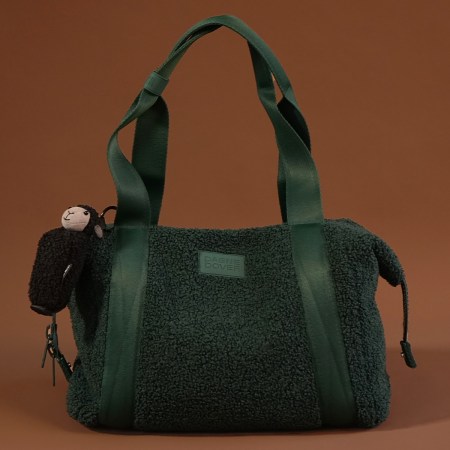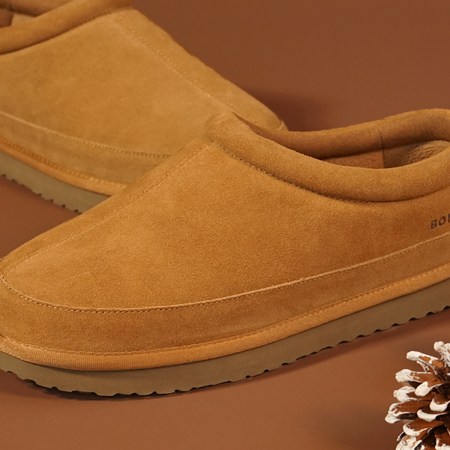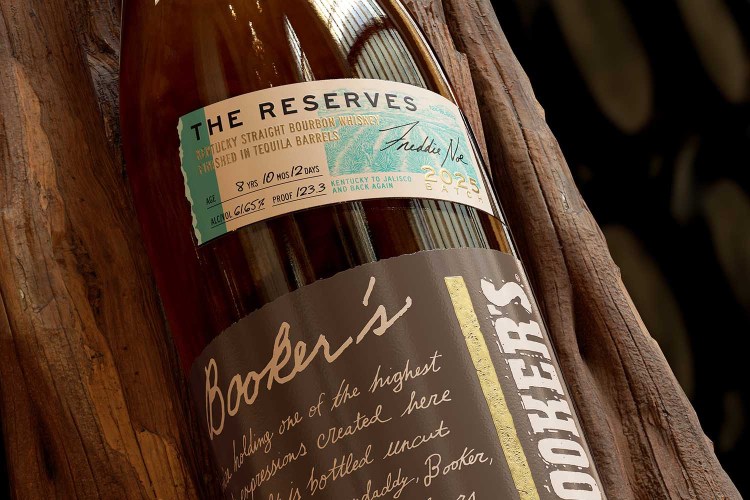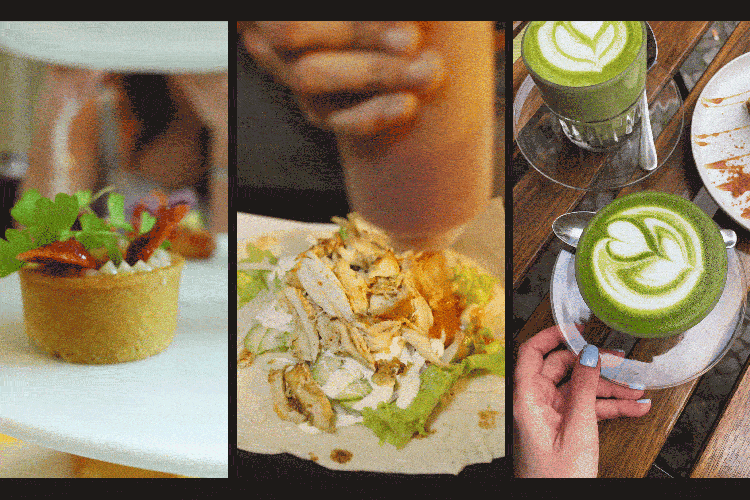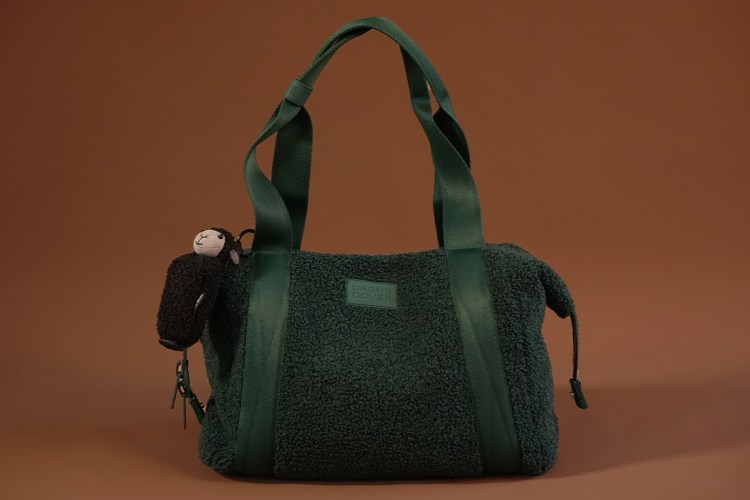If the tech behind this latest innovation holds up, it could mean an end to the plague known as the flat tire.
Self-healing materials are nothing new: Self-healing concrete, developed by Dutch microbiologists and engineers, actually uses bacillus bacteria to patch cracks in concrete. Cracks in concrete are exacerbated when water pours through them, making them worse. Bacillus bacteria is mixed into the concrete for a sort of living, though dormant, material called “bioconcrete” — and when it becomes wet, the bacteria spores become active, filling in the cracks. It’s super cool.
Now, roughly the same sort of ambition promises to help rubber products resist crazing, or cracking — or deflate following garden-variety punctures. The science behind it might be difficult for a layperson to understand — it involves self-healing hydrogels and molecular ropes — but the upshot is that this new rubber should be able to repair itself in remarkable ways. Instead of being immediately sidelined with a flat or punctured tire, “the new material snaps back into place as stress is released and allows imperfections to heal.”
It’s not ready for the marketplace yet — but when it is, expect some big changes at your local tire shop.
This article appeared in an InsideHook newsletter. Sign up for free to get more on travel, wellness, style, drinking, and culture.

